Modeling for Generating Femtosecond Pulses in an Er-Doped Fiber Using Externally Controlled Spectral Broadening and Compression Mechanisms
Abstract
:1. Introduction
- (1)
- Powerful laser pulses for internally driving nonlinear phenomena to initiate the spectral broadening of the laser pulse;
- (2)
- Compressors with moveable compressor elements for creating compressed pulses at a desired location.
Aim of the Work
2. Theory
2.1. Broadening of the Spectral Bandwidth of the Laser Pulse Using an Externally Triggered Phase Modulation
2.1.1. Computations
2.1.2. Results and Discussion
2.2. Pulse Compression
2.2.1. Computations
2.2.2. Results and Discussion
3. Conclusions
Author Contributions
Funding
Informed Consent Statement
Data Availability Statement
Acknowledgments
Conflicts of Interest
Appendix A
References
- Dey, D.; Tiwari, A.K. Controlling Chemical Reactions with Laser Pulses. ACS Omega 2020, 5, 17857–17867. [Google Scholar] [CrossRef] [PubMed]
- Ikeda, K.; Kotaki, H.; Nakajima, K. X-ray generation by femtosecond laser pulses and its application to soft X-ray imaging microscope. AIP Conf. Proc. 2002, 634, 268–275. [Google Scholar] [CrossRef]
- Afshari, M.; Krumey, P.; Menn, D.; Nicoul, M.; Brinks, F.; Tarasevitch, A.; Sokolowski-Tinten, K. Time-resolved diffraction with an optimized short pulse laser plasma X-ray source. Struct. Dyn. 2020, 7, 014301. [Google Scholar] [CrossRef]
- Abbas, A.M.; Pan, Q.; Mandon, J.; Cristescu, S.M.; Harren Frans, J.M.; Khodabakhsh, A. Time-resolved mid-infrared dual-comb spectroscopy. Sci. Rep. 2019, 9, 17247. [Google Scholar] [CrossRef] [PubMed] [Green Version]
- Borgwardt, M.; Omelchenko, S.T.; Favaro, M.; Plate, P.; Hohn, C.; Abou-Ras, D.; Schwarzburg, K.; van de Krol, R.; Atwater, H.A.; Lewis, N.S.; et al. Femtosecond time-resolved two-photon photoemission studies of ultrafast carrier relaxation in Cu2O photoelectrodes. Nat. Commun. 2019, 10, 2106. [Google Scholar] [CrossRef]
- Subramaniam, T.K. Erbium Doped Fiber Lasers for Long Distance Communication Using Network of Fiber Optics. Am. J. Opt. Photonics 2015, 3, 34–37. [Google Scholar] [CrossRef]
- Ono, M.; Hata, M.; Tsunekawa, M.; Nozaki, K.; Sumikura, H.; Chiba, H.; Notomi, M. Ultrafast and energy-efficient all-optical switching with graphene-loaded deep-subwavelength plasmonic waveguides. Nat. Photonics 2019, 14, 37–43. [Google Scholar] [CrossRef] [Green Version]
- Mottay, E.; Liu, X.; Zhang, H.; Mazur, E.; Sanatinia, R.; Pfleging, W. Industrial applications of ultrafast laser processing. MRS Bull. 2016, 41, 984–992. [Google Scholar] [CrossRef]
- Alio, J.L.; AAbdou, A.A.; Puente, A.A.; Zato, M.A.; Nagy, Z. Femtosecond Laser Cataract Surgery: Updates on Technologies and Outcomes. J. Refract. Surg. 2014, 30, 420–427. [Google Scholar] [CrossRef] [PubMed]
- Karasawa, N.; Morita, R.; Shigekawa, H.; Yamashita, M. Generation of intense ultrabroadband optical pulses by induced phase modulation in an argon-filled single-mode hollow waveguide. Opt. Lett. 2000, 25, 183–185. [Google Scholar] [CrossRef] [Green Version]
- Hanna, M.; Delen, X.; Lavenu, L.; Guichard, F.; Zaouter, Y.; Druon, F.; Georges, P. Nonlinear temporal compression in multipass cells: Theory. J. Opt. Soc. Am. 2017, 34, 1340–1347. [Google Scholar] [CrossRef]
- Weidner, P.; Penzkofer, A. Spectral broadening of picosecond laser pulses in optical fibres. Opt. Quantum Electron. 1993, 25, 1–25. [Google Scholar] [CrossRef] [Green Version]
- Lu, C.-H.; Witting, T.; Husakou, A.; Vrakking, M.; Kung, A.H.; Furch, F.J. Sub-4 fs laser pulses at high average power and high repetition rate from an all-solid-state setup. Opt. Express 2018, 26, 8941–8956. [Google Scholar] [CrossRef] [PubMed]
- Saleh, M.F.; Biancalana, F. Soliton dynamics in gas-filled hollow-core photonic crystal fibers. J. Opt. 2016, 18, 013002. [Google Scholar] [CrossRef] [Green Version]
- Schmidt, B.E.; Béjot, P.; Giguère, M.; Shiner, A.; Trallero, C.; Bisson, E.; Kasparian, J.; Wolf, J.-P.; Villeneuve, D.; Kieffer, J.-C.; et al. Compression of 1.8 μm laser pulses to sub two optical cycles with bulk material. Appl. Phys. Lett. 2010, 96, 121109. [Google Scholar] [CrossRef] [Green Version]
- Vuong, L.T.; Lopez-Martens, R.B.; Hauri, C.P.; Ruchon, T.; L’Huillier, A.; Foster, M.A.; Gaeta, A.L. Optimal pulse compression via sequential filamentation. In Proceedings of the Quantum Electronics and Laser Science Conference, Baltimore, ML, USA, 6–11 May 2007; p. JWE1. [Google Scholar]
- Liao, K.-H.; Chen, M.-Y.; Flecher, E.; Smirnov, V.I.; Glebov, L.B.; Galvanauskas, A. Large-aperture chirped volume Bragg grating based fiber CPA system. Opt. Express 2007, 15, 4876–4882. [Google Scholar] [CrossRef] [PubMed]
- Chauhan, V.; Bowlan, P.; Cohen, J.; Trebino, R. Single-diffraction-grating and grism pulse compressors. Opt. Soc. Am. 2010, 27, 619–624. [Google Scholar] [CrossRef]
- Akturk, S.; Gu, X.; Kimmel, M.; Trebino, R. Extremely simple single-prism ultrashort-pulse compressor. Opt. Express 2006, 14, 10101–10108. [Google Scholar] [CrossRef] [PubMed] [Green Version]
- Dombi, P.; Yakovlev, V.S.; O’Kee, K.; Fuji, T.; Lezius, M.; Tempea, G. Pulse compression with time-domain optimized chirped mirrors. Opt. Express 2005, 13, 10888–10894. [Google Scholar] [CrossRef] [Green Version]
- Schulte, J.; Sartorius, T.; Weitenberg, J.; Vernaleken, A.; Russbueldt, P. Nonlinear pulse compression in a multi-pass cell. Opt. Lett. 2016, 41, 4511–4514. [Google Scholar] [CrossRef] [PubMed]
- Nada, Y.S.; El-azab, J.M.; Othman, H.A.; Mohamad, T.; Maize, S.M.A. Interaction between Self Phase Modulation and Positive Group Velocity Dispersion in PMMA Polymer for Simplified Thin Film Compressor of High-Intensity Ultrashort Laser Pulses. Nonlinear Opt. Quantum Opt. 2020, 52, 299–311. [Google Scholar]
- Shank, C.V.; Fork, R.L.; Yen, R.; Stolen, R.H. Compression of femtosecond optical pulses. Appl. Phys. Lett. 1982, 40, 761–763. [Google Scholar] [CrossRef]
- Nikolaus, B.; Grischkowsky, D. 12× pulse compression using optical fibers. Appl. Phys. Lett. 1982, 42, 117–121. [Google Scholar] [CrossRef]
- Tomlinson, W.J.; Stolen, R.H.; Shank, C.V. Compression of optical pulses chirped by self-phase modulation in fibers. J. Opt. Soc. Am. B 1984, 1, 139–149. [Google Scholar] [CrossRef]
- Mével, E.; Tcherbakoff, O.; Salin, F.; Constant, E. Extracavity compression technique for high-energy femtosecond pulses. J. Opt. Soc. Am. B 2003, 20, 105–108. [Google Scholar] [CrossRef]
- Jiménez, M.A.B.; Kuzin, E.A.; Ibarra-Escamilla, B.; Flores-Rosas, A. Optimization of the two-stage single-pump erbium-doped fiber amplifier with high amplification for low frequency nanoscale pulses. Opt. Eng. 2007, 46, 125007. [Google Scholar] [CrossRef]
- Quintela, M.A.; Quintela, C.; Lomer, M.; Madruga, F.J.; Conde, O.M.; Lopez-Higuera, J.M. Comparison between a symmetric bidirectional-pumping and a unidrectional-pumping configurations in an erbium fiber ring laser. Int. Soc. Opt. Eng. 2007, 6619, 440–443. [Google Scholar]
- Milonni, P.W.; Eberly, J.H. Introduction to Nonlinear Optics, 2nd ed.; John Wiley Sons, Inc.: Hoboken, NJ, USA, 2010; Chapter 10. [Google Scholar]
- Bronshtein, I.N.; Semendyayev, K.A.; Musiol, G.; Muehlig, H. Handbook of Mathematics, 5th ed.; Springer: Berlin/Heidelberg, Germany, 2007. [Google Scholar]
- Qian, S.; Li, J.; Zhang, Y. Absorptive Nonlinearity in Er-Doped Optical Fiber. Wuhan Univ. J. Nat. Sci. 1999, 4, 175–178. [Google Scholar] [CrossRef]
- Fleming, J.W.; Wood, D.L. Refractive index dispersion and related properties in fluorine doped silica. Appl. Opt. 1983, 22, 3102–3104. [Google Scholar] [CrossRef]
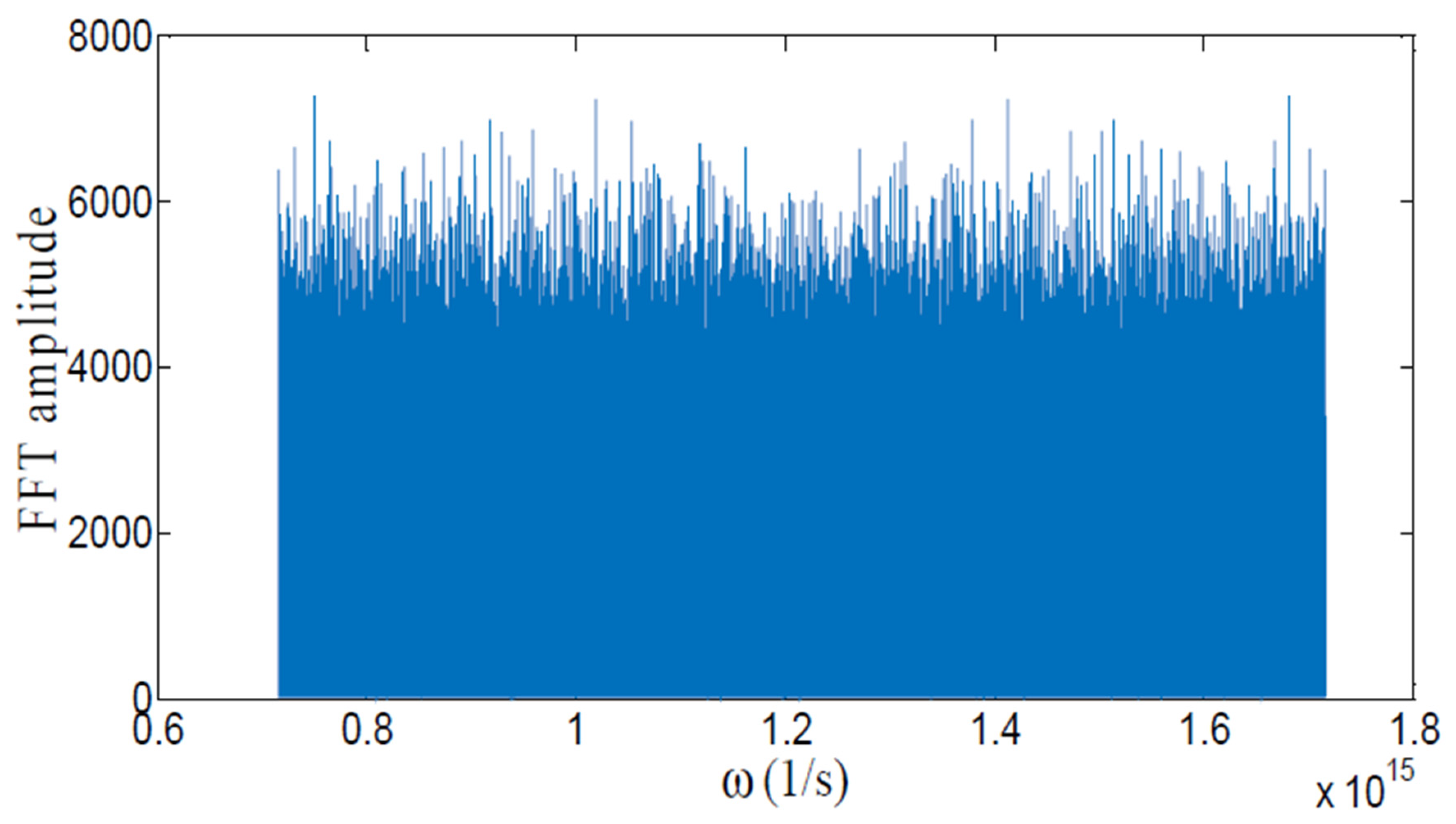
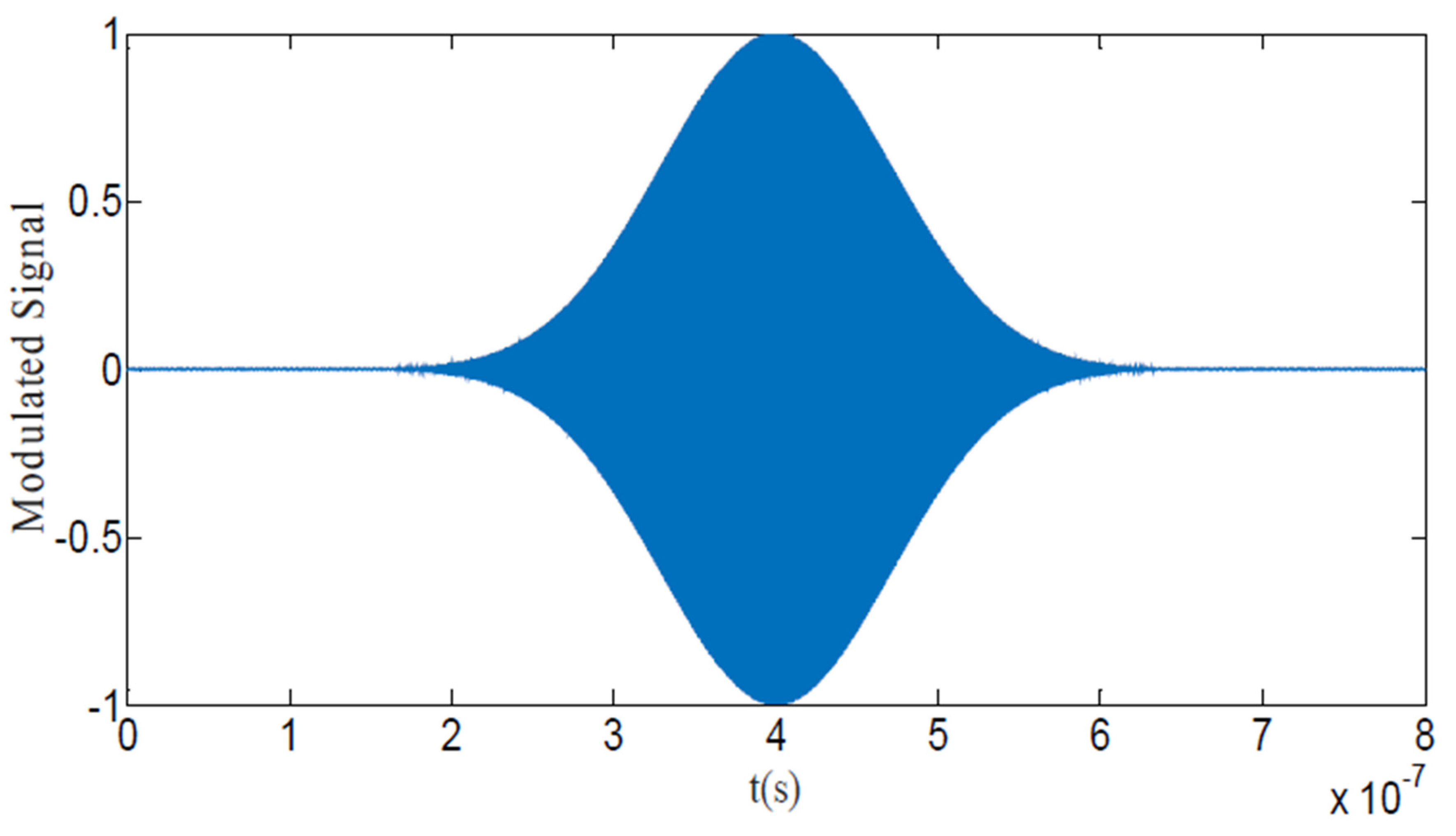


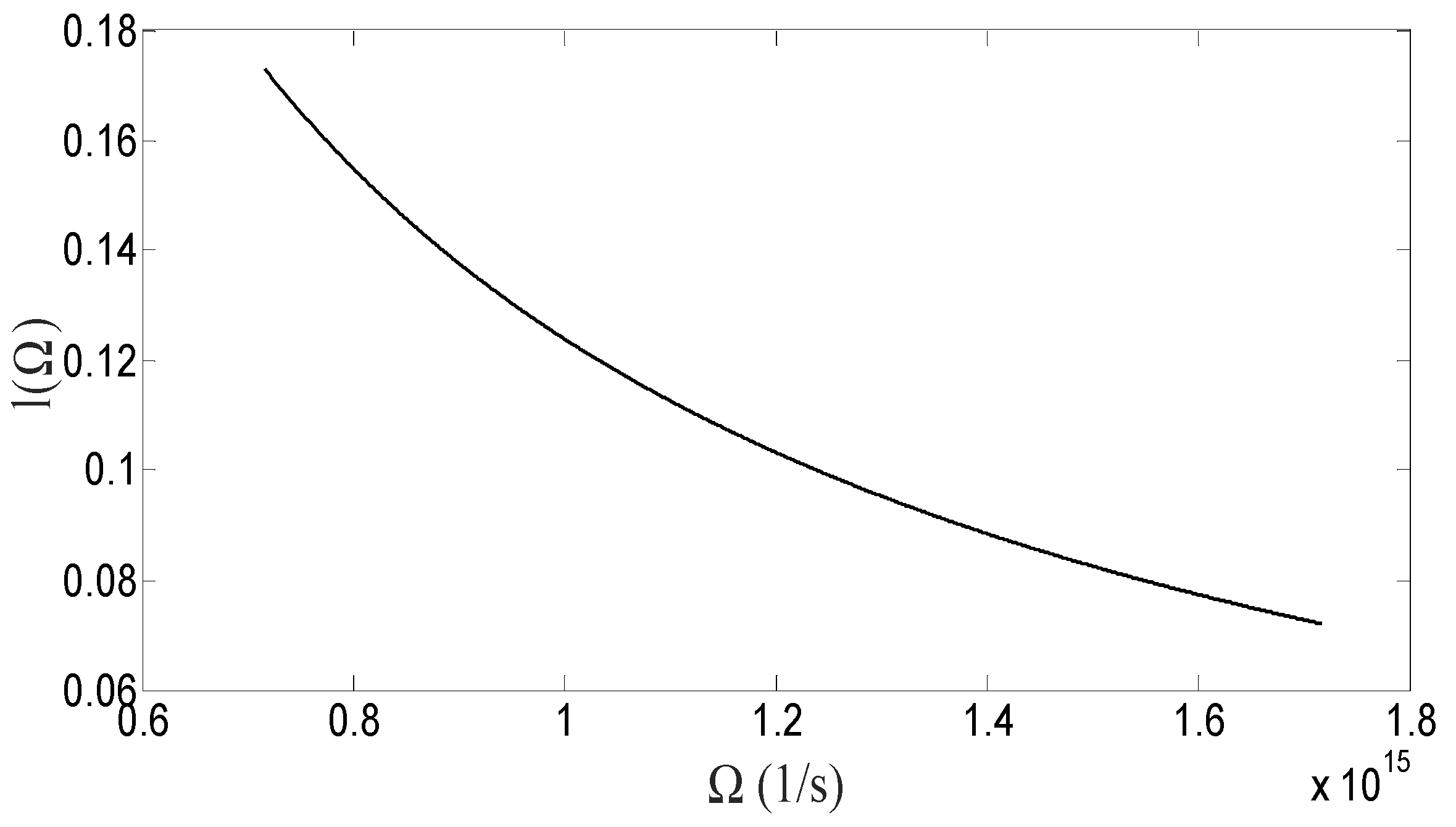
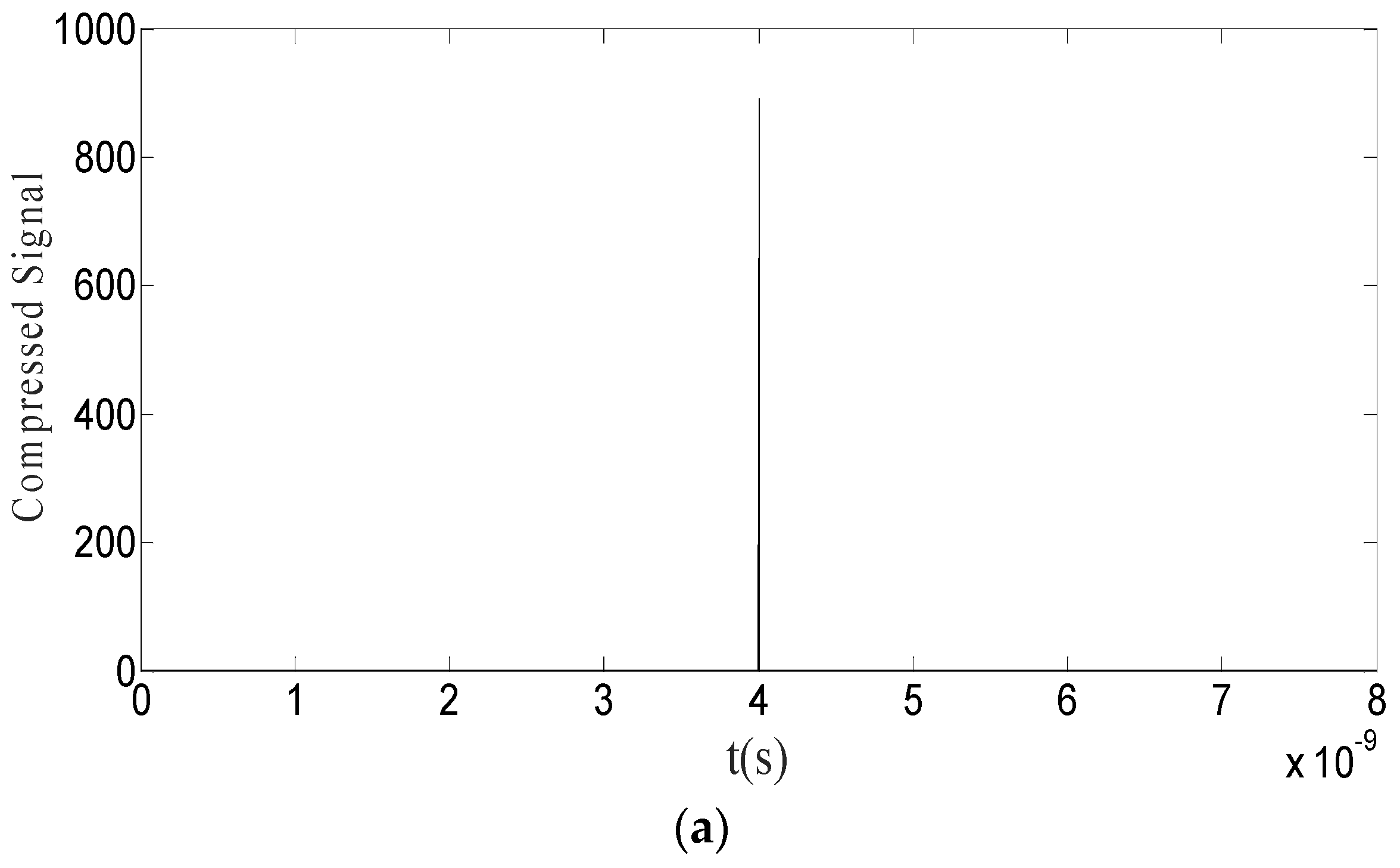
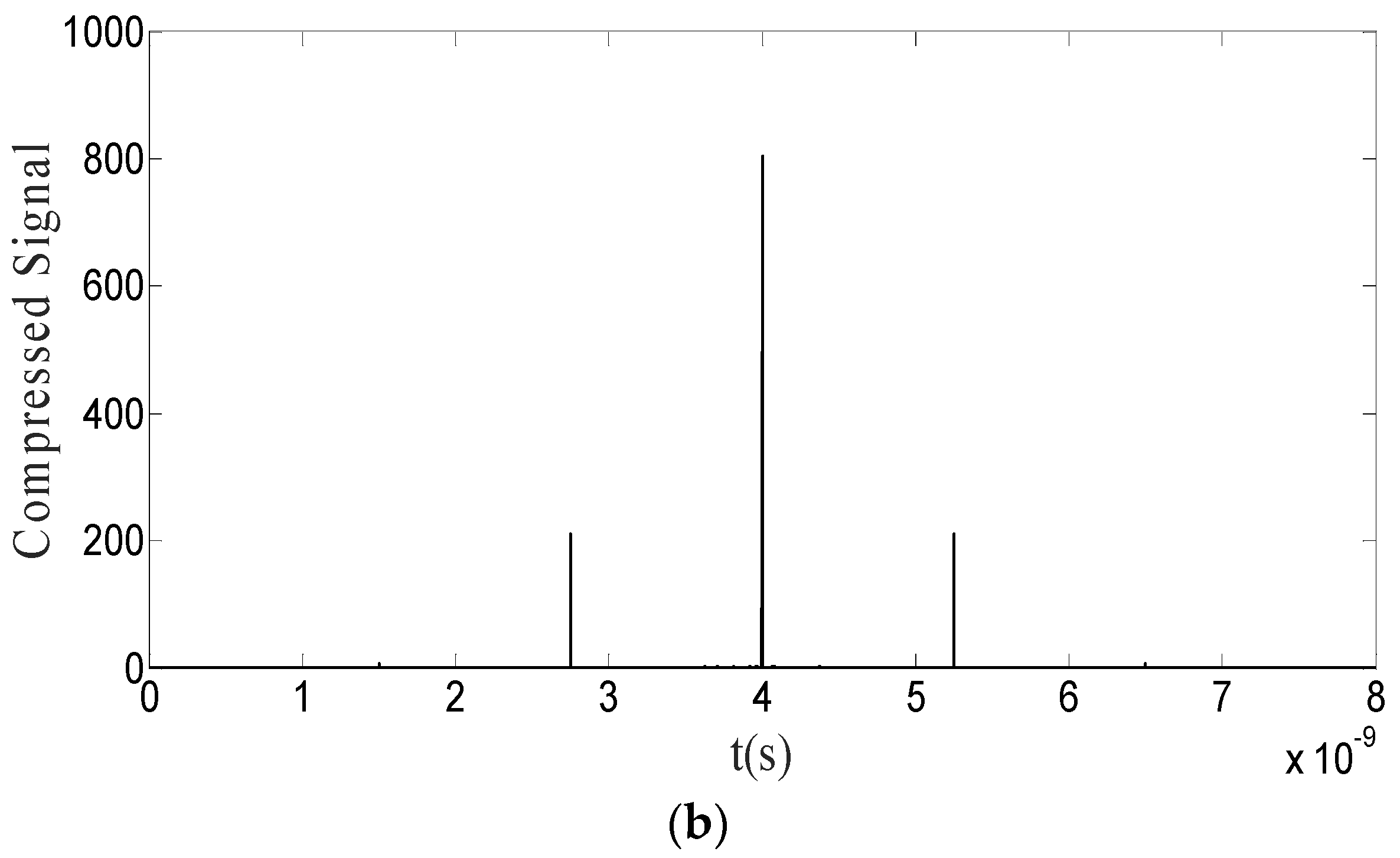
Publisher’s Note: MDPI stays neutral with regard to jurisdictional claims in published maps and institutional affiliations. |
© 2022 by the authors. Licensee MDPI, Basel, Switzerland. This article is an open access article distributed under the terms and conditions of the Creative Commons Attribution (CC BY) license (https://creativecommons.org/licenses/by/4.0/).
Share and Cite
Abo-elenein, M.H.; Hassab Elnaby, S.E.I.; Hassan, A.F.; Abd-Rabou, A.M. Modeling for Generating Femtosecond Pulses in an Er-Doped Fiber Using Externally Controlled Spectral Broadening and Compression Mechanisms. Photonics 2022, 9, 205. https://doi.org/10.3390/photonics9040205
Abo-elenein MH, Hassab Elnaby SEI, Hassan AF, Abd-Rabou AM. Modeling for Generating Femtosecond Pulses in an Er-Doped Fiber Using Externally Controlled Spectral Broadening and Compression Mechanisms. Photonics. 2022; 9(4):205. https://doi.org/10.3390/photonics9040205
Chicago/Turabian StyleAbo-elenein, Mohamed Hemdan, Salah Eldeen Ibrahim Hassab Elnaby, Amin Fahim Hassan, and Afaf Mahmoud Abd-Rabou. 2022. "Modeling for Generating Femtosecond Pulses in an Er-Doped Fiber Using Externally Controlled Spectral Broadening and Compression Mechanisms" Photonics 9, no. 4: 205. https://doi.org/10.3390/photonics9040205
APA StyleAbo-elenein, M. H., Hassab Elnaby, S. E. I., Hassan, A. F., & Abd-Rabou, A. M. (2022). Modeling for Generating Femtosecond Pulses in an Er-Doped Fiber Using Externally Controlled Spectral Broadening and Compression Mechanisms. Photonics, 9(4), 205. https://doi.org/10.3390/photonics9040205




